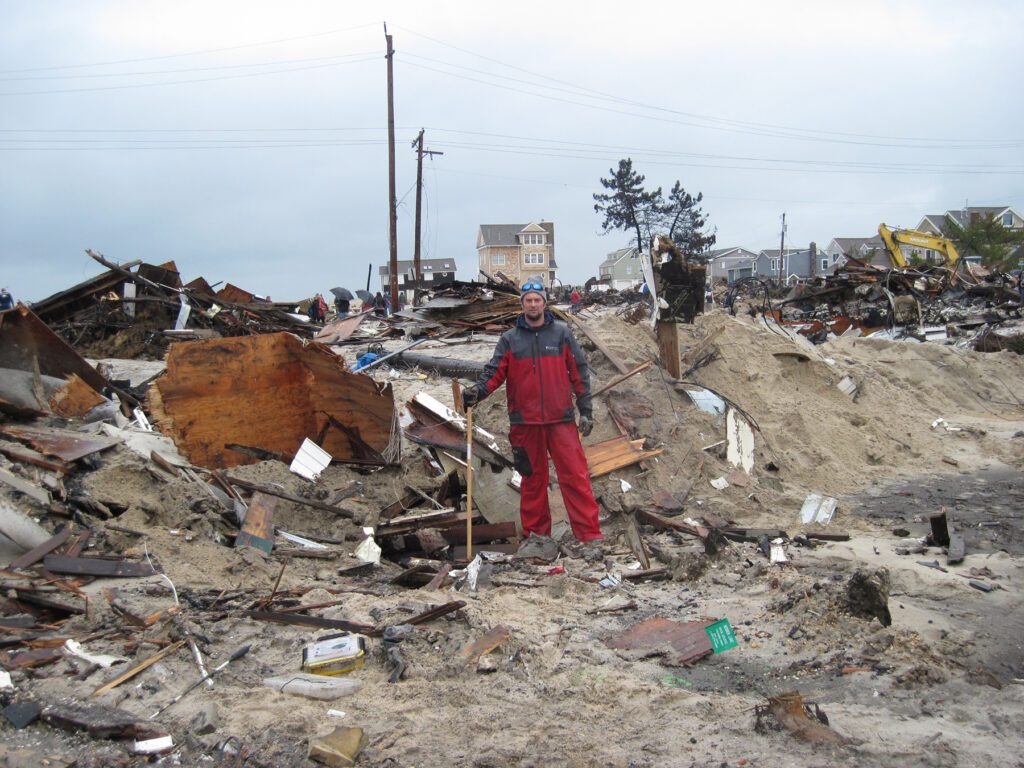Evan Wright: Celebrating the Rolling Stone Writer’s Best Work
Evan Wright could write about anything.
The celebrated journalist, who died by suicide last weekend at the age of 59, was best known for his war zone reporting in Afghanistan and Iraq during the early 2000s. His three-part series for Rolling Stone, “The Killer Elite,” won a National Magazine Award for reporting and served as the basis for his monumental 2004 book, Generation Kill. The book was later turned into an acclaimed HBO miniseries of the same name.
During his years as a Rolling Stone contributor, Wright also profiled celebrities and athletes — including Shakira, Quentin Tarantino, and boxer Lucia Rijker — dug into the dealings of shady entrepreneurs, and reported out an array of true-crime sagas.
In honor of Wright’s life and work, Rolling Stone has selected some of his greatest contributions to this publication. These include classics like “The Killer Elite” and “Mad Dogs & Lawyers”; exposés on a militant anarchist and on sorority sisters at the Ohio State University; an investigation into Robert Downey Jr.’s infamous 2000 drug bust; and the tale of a Russian immigrant who became wrapped up in the illegal market for human-growth-hormone drugs.
Wright profiles “Swamp,” a militant anarchist who crashed the mostly peaceful 1999 Seattle World Trade Organization protests and became the center of the thriving anarchist population in Eugene, Oregon, during the early 2000s. The 26-year-old activist — who names the Unabomber as one of his heroes — and his band of fellow local anarchists roam downtown Seattle, breaking windows, setting fires, and covering storefronts with anti-corporate slogans. Wright follows Swamp, who attempts to remain anonymous throughout the story, on his journey to Los Angeles, before he sheds his identity.
While it opens with the killing of Konstantin Simberg in Phoenix, Arizona, who worked in the illegal market of human growth hormones, this story quickly pulls a Russian immigrant kid, a man claiming to be a CIA agent, a pair of stripper sisters, fast cars, and guns into a wild tale of blackmail, confessions, and murder.
Wright unpacks the complicated relationship of Dale Cramm and his 17-year-old son, Dennis, who is on trial and facing 45 years in prison for the murder of two high school boys he shot to death with his father’s assault rifle. The story examines their dysfunctional bond in intricate detail, against the backdrop of Mariner High School and the small industrial city of Everett, Washington.
While RDJ’s arrest on Thanksgiving 2000 at the Merv Griffin Resort Hotel and Givenchy Spa in Palm Springs was splattered all over tabloids at the time, few knew the swirling events that led to the hotel-room drug bust. In Wright’s dizzying investigation, the actor, his so-called friends, a gaggle of strippers, and a fateful confusion of mixed-up hairstyles come together in one holiday weekend turned nightmare.
In this August 2002 dispatch from Afghanistan, Wright chronicles the strange, meandering, and uncertain early days of the War on Terror. Operation Cherokee Sky is a mission meant to target caves allegedly used by the Taliban and confront a warlord governor suspected of supporting the terrorists while masquerading as a U.S. ally. But none of that actually comes to pass. Instead, it’s a story of a cave containing “nothing more than bat droppings,” weed-obsessed Special Forces soldiers, and an anticlimactic “raid” on a village that turns up bupkis.
Wright digs into the underbelly of the dot-com bubble with this profile of Seth Warshavsky, an early web whiz kid who rose to prominence on the strength of — what else? — pornography. (He was the guy who leaked Pam Anderson and Tommy Lee’s sex tape online.) Warshavsky had grand visions of turning his adult-entertainment empire into a genuine media conglomerate, and even had Wall Street on a string for a moment, before being beset by federal investigators. It’s a classic internet scammer story — the kind that still feels relevant today — enhanced by one fascinating quirk: Wright actually spent nearly a year working at Warshavsky’s company, Internet Entertainment Group, in the late Nineties.
The Killer Elite, Parts One, Two, and Three
Wright spent the harrowing first two months of the Iraq War embedded with the Marine Corps’ First Reconnaissance Battalion. He didn’t just tag along with the soldiers of Bravo Company, either; his seat was in the lead Humvee as the the battalion began their brutal, bloody trek from Kuwait to Baghdad. Wright turned his experiences into the three-part series, “The Killer Elite,” which earned him a National Magazine Award for Excellence in Reporting. The series also served as the basis for Wright’s seminal book, Generation Kill, which was later turned into an HBO miniseries by The Wire creator David Simon.
This 1999 look at Greek life at Ohio State University has pretty much everything you’d expect from an exposé on sororities and frats: wild parties, rumors of hazing rituals, sex, and copious amounts of drinking. But Wright pulls back from the salacious college stories to examine the racial, class, and gender dynamics that underpin Greek culture on campus.
Wright delivers a detailed account of one of the strangest true-crime stories ever. It’s centered around the death of Diane Whipple, a college lacrosse coach,who was killed in her San Francisco apartment building after being attacked by her neighbors’ dog (a giant Presa Canario named Bane). The shocking attack was soon compounded by details about the dog’s owners, two lawyers named Robert Noel and Marjorie Knoller. The couple had obtained Bane, and another Presa Canarios, Hera, through a breeding operation set up by Paul “Cornfed” Schneider, a high-ranking member of the Aryan Brotherhood prison gang. Not only that, Noel and Knoller had legally adopted Schneider as their son when he was 38, just a few days before Whipple’s death.





